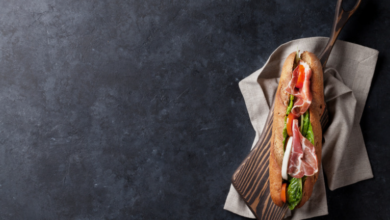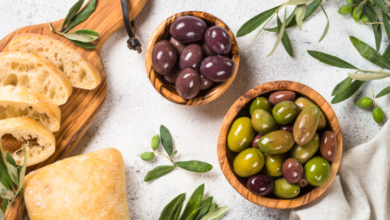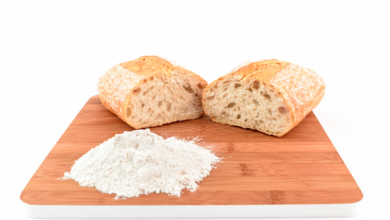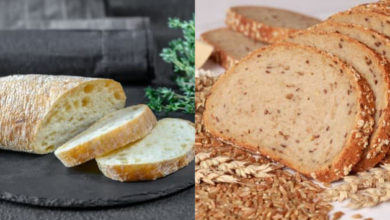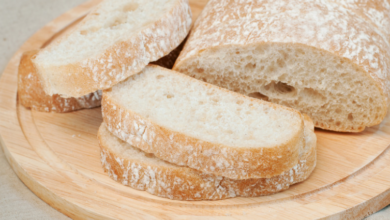Does Ciabatta Bread Have Milk In It?
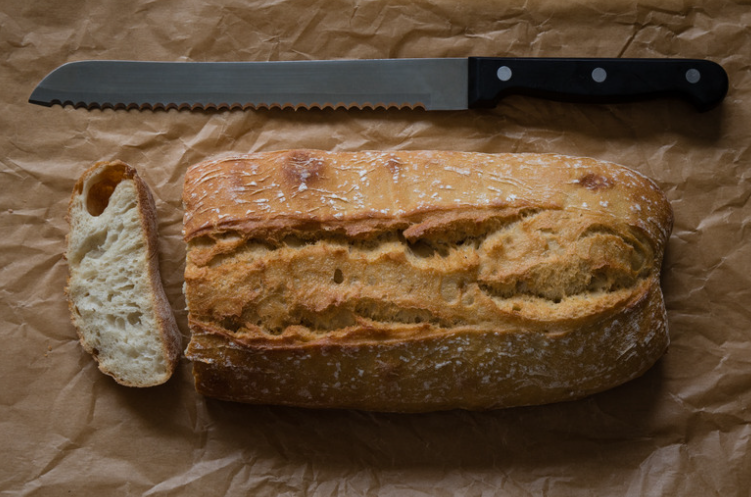
What To Know
- However, for those with milk allergies or lactose intolerance, the question of whether ciabatta bread contains milk is paramount.
- If any of these ingredients are listed, it indicates that the bread contains milk and is not suitable for those with milk allergies or lactose intolerance.
- For those with milk allergies or lactose intolerance, alternative bread options offer a safe and satisfying way to enjoy bread without compromising their health.
Ciabatta bread, renowned for its airy texture and crisp crust, has captivated bread enthusiasts worldwide. However, for those with milk allergies or lactose intolerance, the question of whether ciabatta bread contains milk is paramount. In this comprehensive guide, we delve into the ingredients and culinary practices surrounding ciabatta bread to provide a definitive answer and address related concerns.
Exploring the Ingredients of Ciabatta Bread
Traditionally, ciabatta bread is made with a simple combination of flour, water, yeast, salt, and olive oil. These core ingredients do not contain milk or any dairy products. However, variations in recipes and commercial production practices can introduce milk or milk-based ingredients into the mix.
Common Milk-Based Ingredients in Ciabatta Bread
1. Milk Powder: Some bakers may add milk powder to enhance the flavor and texture of their ciabatta bread. Milk powder is a concentrated form of milk that contains lactose and milk proteins.
2. Butter or Buttermilk: Butter or buttermilk can be used to enrich the dough, adding a subtle creaminess and a slight tang. Both butter and buttermilk contain milk solids, including lactose.
3. Whey: Whey, a byproduct of cheesemaking, is sometimes used in bread dough as a source of protein and nutrients. It also contains lactose and milk proteins.
Identifying Milk in Ciabatta Bread Labels
To determine if a particular ciabatta bread contains milk, carefully examine the ingredient list on the packaging. Look for any of the following terms:
- Milk
- Milk powder
- Butter
- Buttermilk
- Whey
If any of these ingredients are listed, it indicates that the bread contains milk and is not suitable for those with milk allergies or lactose intolerance.
Alternative Bread Options for Milk-Free Diets
If you have a milk allergy or lactose intolerance, there are several milk-free bread options available, including:
- Sourdough bread: Made with a sourdough starter, sourdough bread is naturally milk-free and has a tangy flavor.
- Gluten-free bread: Many gluten-free breads are also milk-free, providing a versatile option for those with multiple allergies.
- Cornbread: Cornbread is typically made with cornmeal, water, and salt, making it naturally milk-free.
Recommendations: Making Informed Choices
The presence of milk in ciabatta bread can vary depending on the recipe and commercial practices. By carefully reading ingredient labels and understanding the potential milk-based ingredients, consumers can make informed choices that align with their dietary restrictions. For those with milk allergies or lactose intolerance, alternative bread options offer a safe and satisfying way to enjoy bread without compromising their health.
Quick Answers to Your FAQs
1. Can I find ciabatta bread that is guaranteed to be milk-free?
Yes, many commercial brands offer milk-free ciabatta bread options. Look for labels that explicitly state “milk-free” or “lactose-free.”
2. Is all ciabatta bread from Italy milk-free?
Not necessarily. While traditional Italian ciabatta bread does not typically contain milk, variations may exist, especially in commercial settings. Always check the ingredient list before consuming.
3. Can I make my own milk-free ciabatta bread at home?
Yes, making milk-free ciabatta bread at home is possible. Use a recipe that specifically excludes milk and milk-based ingredients. Alternatively, you can substitute milk with water or plant-based milk options.
